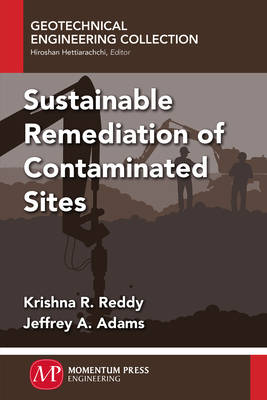
- Afhalen na 1 uur in een winkel met voorraad
- Gratis thuislevering in België vanaf € 30
- Ruim aanbod met 7 miljoen producten
- Afhalen na 1 uur in een winkel met voorraad
- Gratis thuislevering in België vanaf € 30
- Ruim aanbod met 7 miljoen producten
Zoeken
€ 110,95
+ 221 punten
Omschrijving
This book presents a holistic approach to remediation that considers ancillary environmental impacts and aims to optimize net effects to the environment. It addresses a broad range of environmental, social, and economic impacts during all remediation phases, and achieves remedial goals through more efficient, sustainable strategies that conserve resources and protect air, water, and soil quality through reduced emissions and other waste burdens. Inside, the authors simultaneously encourage the reuse of remediated land and enhanced long-term financial returns for investments. Though the potential benefits are enormous, many environmental professionals and project stakeholders do not utilize green and sustainable technologies because they are unaware of methods for selection and implementation. This book describes the decision framework, presents qualitative and quantitative assessment tools, including multi-disciplinary metrics, to assess sustainability, and reviews potential new technologies.
Specificaties
Betrokkenen
- Auteur(s):
- Uitgeverij:
Inhoud
- Aantal bladzijden:
- 160
- Taal:
- Engels
Eigenschappen
- Productcode (EAN):
- 9781606505205
- Verschijningsdatum:
- 23/02/2015
- Uitvoering:
- Paperback
- Formaat:
- Trade paperback (VS)
- Afmetingen:
- 152 mm x 229 mm
- Gewicht:
- 362 g

Alleen bij Standaard Boekhandel
+ 221 punten op je klantenkaart van Standaard Boekhandel
Beoordelingen
We publiceren alleen reviews die voldoen aan de voorwaarden voor reviews. Bekijk onze voorwaarden voor reviews.








